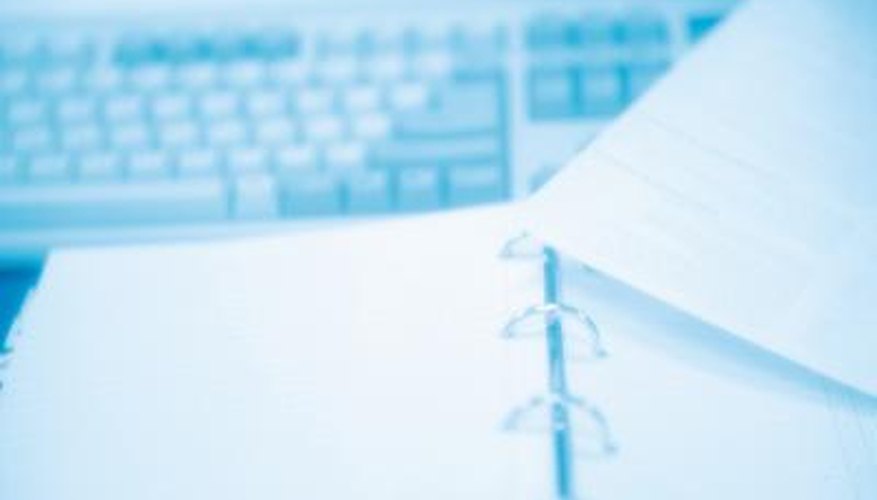Formal letters follow a basic formula, starting with your address, the date of the letter, the recipient's name and address, a greeting or salutation, the letter, closing and your signature. Sometimes, it's necessary to deviate from the standard format, such as when the letter is addressed to two people with different addresses or a single business with two locations. Include both in the letter to avoid insulting either.
Type your address, skip a line and enter the date with the month written out along the left margin of the letter as you would in any standard formal letter. Aligning each line along the left margin is known as the "block format," which makes the letter appear orderly and formal. Avoid the modified or semi-block formats, which move your address, the date and your signature to the centre or right margin of the letter, as this will make the letter look jumbled or messy.
- Formal letters follow a basic formula, starting with your address, the date of the letter, the recipient's name and address, a greeting or salutation, the letter, closing and your signature.
- Avoid the modified or semi-block formats, which move your address, the date and your signature to the centre or right margin of the letter, as this will make the letter look jumbled or messy.
Skip a line and type the first person's name or the company name. Determine which addressee to list first according to alphabetical order using last names or company names. Enter the first recipient's address.
Leave another line blank before entering the second recipient's name and address using the standard address format.
Type the rest of the letter the way you would any formal letter. Skip a line before your salutation, skip another line before your letter and before your closing. Leave three lines blank before typing your name so you have room to sign your name. Include your title or company if applicable.
TIP
Formal letters, particularly formal business letters, should be pleasant, but crisp and to the point.
